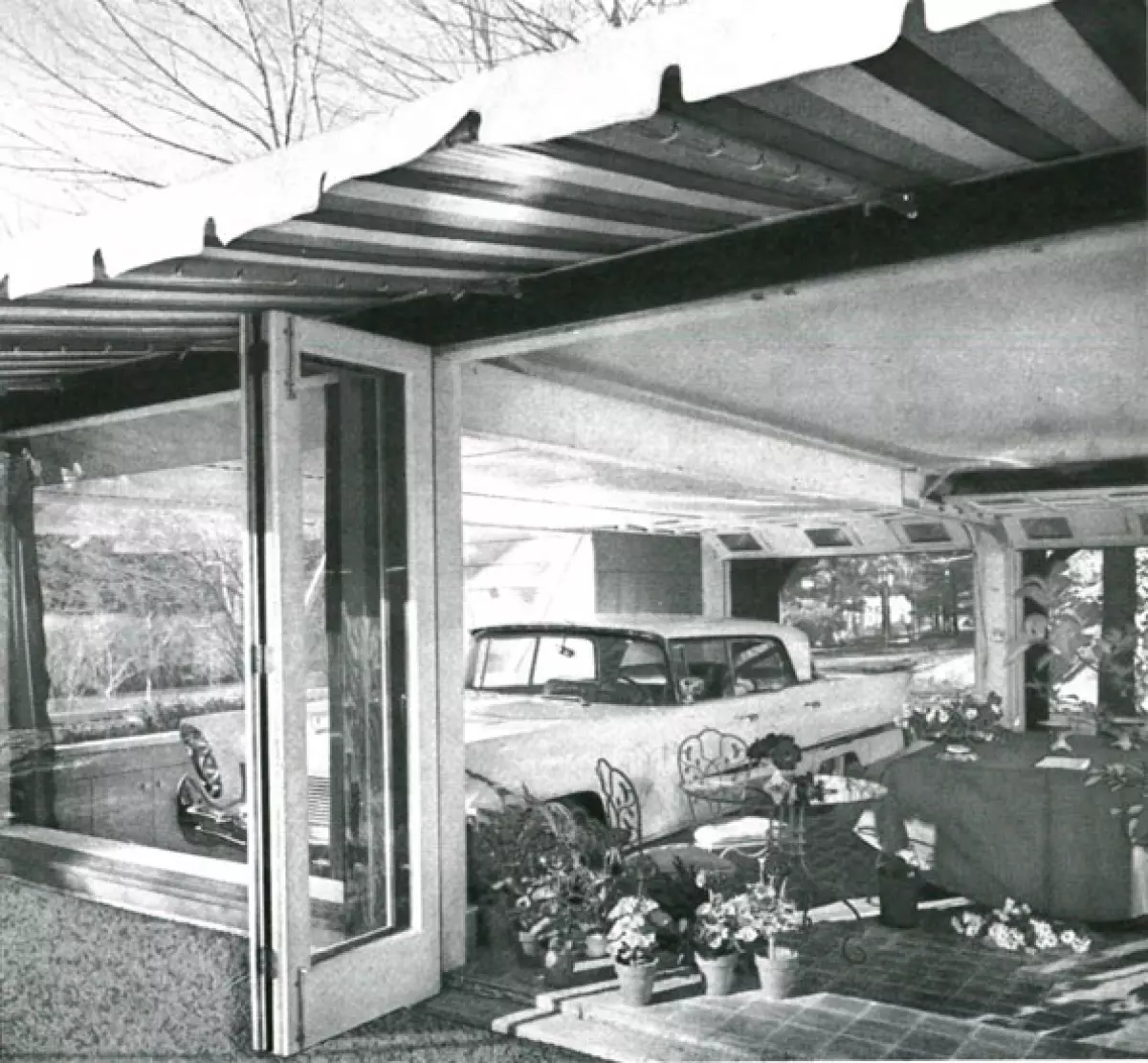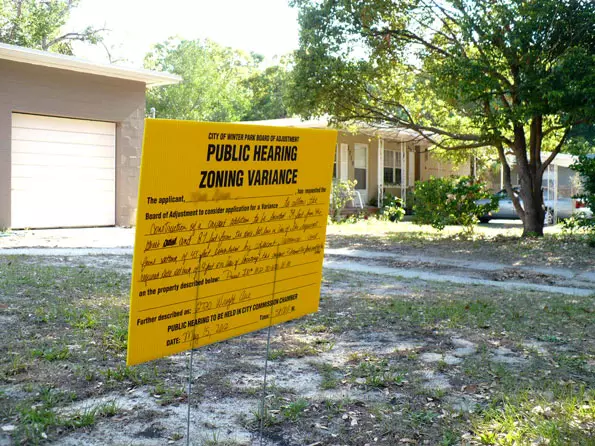Introduction
In cities across the country, a new trend is emerging: midcentury modern tours. This renewed interest in the architectural style of the postwar period is capturing the attention of millennials, who are drawn to its optimistic and forward-thinking design. While these neighborhoods have been criticized by academics and urban planners, the appeal of midcentury modern architecture remains strong. It evokes a sense of confidence and faith in the future that seems lost in today's obsession with more traditional or extravagant architectural forms. So, let's delve into the enduring appeal of midcentury modern architecture and understand why it continues to captivate us.
A Reflection of the Postwar Era
After World War II, suburban expansion reached beyond the traditional neighborhoods created by streetcar systems. Returning GIs sought simple and affordable homes to begin their lives anew. The era was marked by a surge in confidence in America's ability to solve social problems through science and technology. Although the atomic threat loomed, it could not restrain the overall enthusiasm. Thus, midcentury design embraced a car-centric approach, with residences designed to showcase the automobile. Some homes even had cars on display in their living rooms, a testament to the growing importance of the car in American culture.
 Living Garage, photo from Populuxe by Thomas Hine
Living Garage, photo from Populuxe by Thomas Hine
Car-Oriented Yet Intimate
While the architecture of the midcentury era was centered around the car, it retained the pedestrian scale and intimate atmosphere of Main Street before World War II. The design styles of the 1940s and 1950s, such as Art Deco Revival, featured streamlined aesthetics with gentle angles suggesting motion. Wider streets and horizontal lines emphasized the theme of mobility. Even today, driving past these structures, one can't help but feel a sense of motion. The architecture of this era successfully combined the practicalities of car-oriented design with an intimate and human scale.

Modernism and Ethical Design
Beyond its aesthetic appeal, midcentury modern architecture embodied a certain ethic. To be modern during this era meant embracing science, knowledge, and technology, free from preconceptions. Modernism elevated architecture above the style debate and became an embodiment of a new, forward-looking outlook. Modernist residences were characterized by practicality, embracing open floor plans and large picture windows that created a sense of openness. The clean lines and simplicity of midcentury design were a departure from the ornamentation of Victorian architecture.
From Nostalgia to Sustainability
Today, midcentury modern design has become fetishized for mass consumption, often emphasizing material possessions rather than ethical considerations. However, by reducing it to mere style, we risk losing sight of what this era truly stood for. Midcentury buildings have proven their sustainability, enduring multiple recessions, the rise of the internet, and the rapid growth of urban centers. They offer a real definition of sustainability through their adaptability and timeless design.

A Practical Approach for the Future
Today's millennials, like the returning GIs of the past, seek practical domestic situations. While they aspire to reduce car use, they acknowledge the necessity of vehicles for certain journeys. Additionally, they see through the claims of car-free living and focus on making cars more efficient through telecommuting and online shopping. They understand the need for a balance between sustainability and functionality, recognizing that removing cars from the scene entirely is neither realistic nor desirable.
The Battle for Neighborhood Form
Unfortunately, many midcentury neighborhoods have fallen out of fashion due to the rise of "McMansions" and the demand for more garages. Developers, responding to regulations favoring garage placement and neotraditional styling, often disregard the sustainability and adaptability that midcentury homes offer. As a result, these older homes with carports and front-loaded designs are being overshadowed by more regulated development patterns. In some cities, ordinances have even prohibited front-facing garages, diminishing the value of these neighborhoods.
A Path to the Future
Yet, midcentury modern tours offer a chance to rediscover the essence of the 1950s and pave the way for a new era in planning. By embracing the human scale and integrating residential and commercial spaces, these neighborhoods can become successful examples of community-oriented design. The midcentury era heralded a transition from ornate Victorian architecture to streamlined, utilitarian forms. Similarly, the current economic transition may favor contemporary designs that prioritize cleanliness, utility, and sustainable principles.
As we navigate the challenges of the future, let us find inspiration in midcentury modern architecture. It provides a middle ground between sprawling suburban developments and overly regulated neotraditional styles. By managing cars at a human scale and allowing exploration of modern design, we can create neighborhoods that instill confidence and faith once again.
This article is a summary of Richard Reep’s talk titled "Populuxe and the Atomic Bungalow," which was presented at the 3rd annual Colloquium on Historic Preservation hosted by Friends of Casa Feliz, Winter Park, Florida in April 2012. Richard and his wife, Kim Mathis, hosted a midcentury modern tour in their own 1950s home for the colloquium.

















